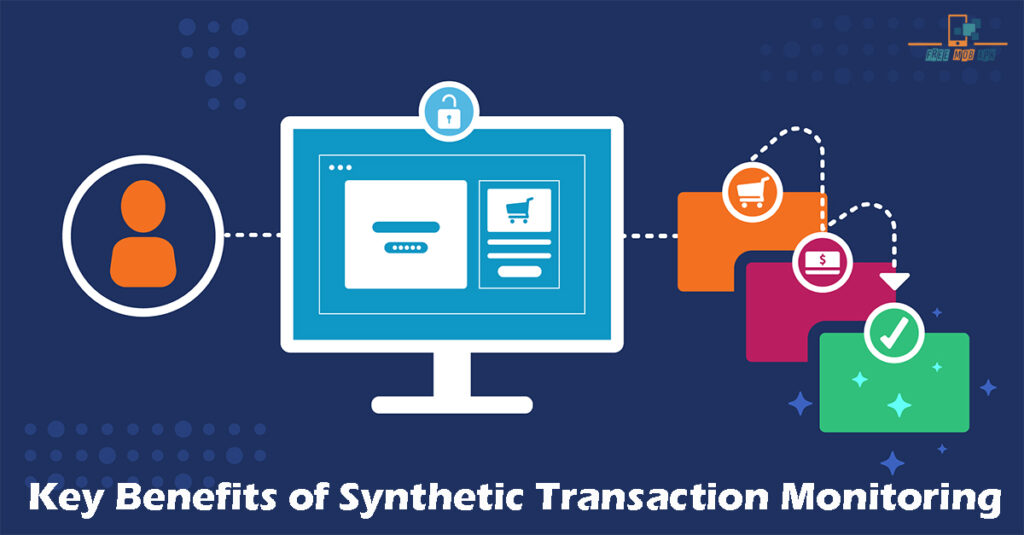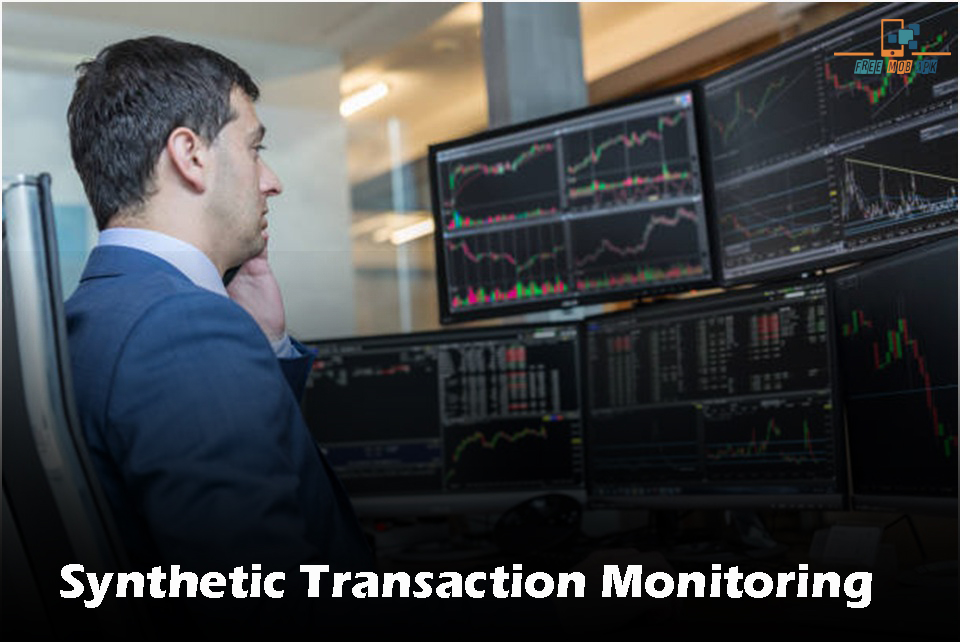Synthetic transaction monitoring is an approach used to assess the functionality and behavior, or user experience of a web application, network, or system. It’s an assessment criteria for transaction monitoring and performance analysis. Synthetic transaction monitoring is used to monitor the user’s interactions.
The online user experience consists of multiple moving pieces and involves smooth operation free from broken links, sluggish page loads, outages, etc. Businesses that use synthetic transaction monitoring can stimulate the user experience by removing the root cause that negatively affects all activities.
How Synthetic Transaction Monitoring Works?
The user interactions include signing in, navigating through different pages, making transactions, and logging out. The synthetic transaction monitoring repeats at regular intervals to continuously monitor over time. The benefits of synthetic transaction monitoring include highlighting performance or functionality issues before they affect real users.
And it provides monitoring 24/7, even during off-peak hours when the user traffic is low. Synthetic database connections are just one example. Businesses can monitor their website operations under different loads, which simulate actual user activity, by performing synthetic transactions at predetermined intervals.
Synthetic Monitoring Vs Synthetic Transaction Monitoring
“Synthetic monitoring” and “synthetic transaction monitoring” are sometimes interchangeable. Synthetic monitoring involves the use of simulated transactions to assess the performance of a website or application. Synthetic monitoring is about checking some aspects of a network, the services it depends on, and the applications it provides.
This means the digital experience is tested using generated traffic rather than end-user traffic. In contrast, synthetic transaction monitoring is the process of monitoring web transactions—the interaction between the client (the actual user) and the server (the web). Synthetic transaction monitoring simulates and monitors user interaction with the website and the user experience.
Customers may buy more quickly on many e-commerce sites due to internal and external features like logging in, search engines, recommendation engines, product catalogs, shipping options, and logging out. Any form of delay in these procedures can impact the user experience. The performance of each component is benchmarked by synthetic transaction monitoring, and specific performance problems are investigated.
Key Benefits of Synthetic Transaction Monitoring

Synthetic transaction monitoring makes the user experience seamless and error-free. The benefits of synthetic transaction monitoring are listed below:
Detection of Issues At An Early Stage
Through continuous monitoring, synthetic transaction monitoring detects errors early before they affect real end users. In this way, it makes the operations smooth and allows organizations to take measures to solve them.
End-To-End Monitoring
Synthetic transaction monitoring monitors a complete path, including multiple computer networks, systems, and steps. It provides functionality analysis and measures performance.
Synthetic Level Agreement (SLA) Validation
It also checks that the service level agreement (SLA) is adequately met and actions are performed within the criteria.
Continuous Monitoring
Continuous monitoring can be done by scheduling transactions at regular intervals and can alter when deviations from desired performance occur.
Simulation for User Scenarios
STM enables businesses to monitor various user scenarios and simulate the load of how the system performs under different conditions.
Performance Benchmarking
Synthetic transaction monitoring establishes the baseline and then analyzes and compares current and existing scenarios with historical data or industry benchmarks.
For synthetic transaction monitoring, organizations use special tools that help in the creation, execution, and analysis of synthetic transactions.
Challenges in Synthetic Transaction Monitoring

Synthetic transaction monitoring is a valuable technique, but it presents specific challenges that organizations may face, described below:
Script Maintenance
Creating and maintaining scripts for synthetic transaction monitoring is challenging. As websites evolve and change, the scripts should also be updated to explain the changes.
Environmental Variability
Synthetic transaction monitoring does not cover the application’s environmental factors, such as network latency, device difference, and location.
Gaps in Monitoring Coverage
Synthetic monitoring sometimes needs to cover the full complexity and variability in actual user behavior. It may cause potential gaps in monitoring.
Dynamic Application Behavior
Some websites show dynamic behavior that is difficult to assess through synthetic transaction monitoring. Websites containing personalized content or dynamic data need robust synthetic transaction monitoring techniques.
Data Privacy and Security
Synthetic transaction monitoring simulates user interactions, raising concerns regarding privacy and security. Organizations ensure that the user’s confidential data must be protected.
Conclusion
Synthetic transaction monitoring systems the functionality and performance of web applications to enhance user experience and stop unnecessary delays. It provides smooth operations and informs organizations to apply measures in case of any issue.

